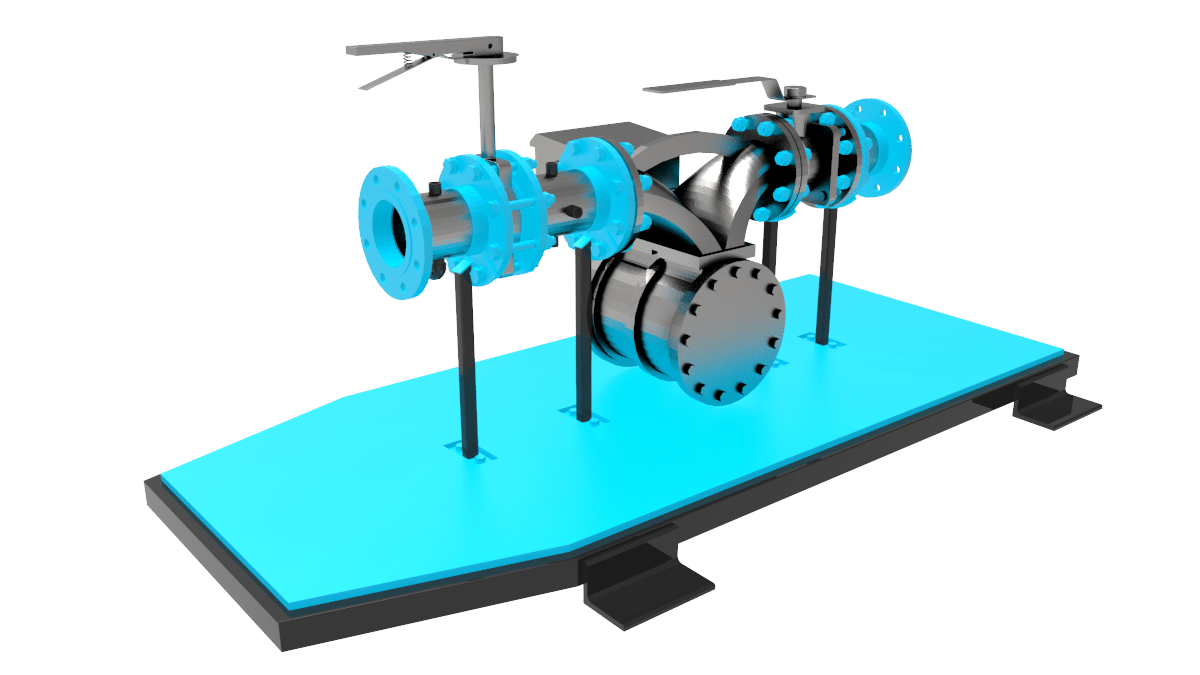It’s no small statement that the implementation of steel in architecture revolutionised the industry as the world knew it. Fast-forward to today, and you’ll find steel being used in a variety of different projects, big and small. As a practical and flexible building resource, steel is used in office and government buildings, sports stadiums, skyscrapers as well as homes in all corners of the world.
To see it in action
Since its introduction into the design and building of structures in the late 19th century, steel has gone on to create some of the strongest and visually impressive structures ever conceived. The Sydney Opera House, The Empire State Building, Bejing National Stadium, Brooklyn Bridge, and Willis Tower are just a few of best examples of the feats steel has helped achieve.
Before steel came to answer the industry’s prayers, cast iron was the go-to when it came to creating strong and reliable structures and while it served its purpose, steel is more elasticated, more workable and can hold its own when put under all kinds of stresses. There are several structural shapes steel can be rolled into, most commonly u and I beams, plates and angles which can be joined together with the use of bolts and rivets – also made of steel. Once the 20th century rolled around, and the development of welding came into play, it made it possible to fuse joints with less labour and materials making steel even more lucrative.
Stainless steel
Traditionally, corrosion can be the bane of the any-based structure and as such, would need to be protected which is why alloys such as stainless steel were developed. Naturally resistant to oxidation due to its coating, stainless steel holds its ground against the traditional enemies of many metals such as heat, water, and chemical damage.
Stainless steel not only helped move the world of architecture in terms of structural integrity but also of creative integrity too. Its versatility means it can be shaped into nearly every component needed to construct a building, meaning it can bring any designer’s vision to life with ease. Famous examples of its mark on the world of architecture include The Crysler Building in New York; Cloud Gate, the popular construct of Anish Kapoor in Chicago; the Helix Bridge in Singapore, and the Gateway Arch which defines the skyline of St Louis. Stainless steel is also lightweight in nature, making it easier to transport and build more quickly.
Today, stainless steel is an essential ingredient to architecture for another reason too, its eco-friendliness. Almost one hundred percent of stainless steel can be recycled; whether that be to be repurposed from demolition, or used to create new, fresher alloys. Naturally, any architect wanting to make a difference in what they create, not only structurally and creatively, but also with its carbon footprint, would turn to these alloys.
It’s all in the details
Of course, no architectural project would be able to see completion without the detailing process. A process which identifies the connections of the steel components such as windows, elevators, and staircases. This step is used extensively in the creation of large towers, residential and commercial both as well as factories and heavy machinery.
Good, strict steel detailing combined with today’s advanced software can enable any visionary to create something special, analysing any kind of complex design problems and finding solutions to move past them.
If you’re thinking about a new dream project, you’ll need the very best when it comes to Steel drafting and detailing. Restoric Design combines expertise with computer-aided design so there is no project too ambitious. Contact us [https://restoric.co.uk/outsource-cad-services/contact-us/] here to speak to us today.



